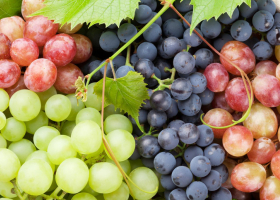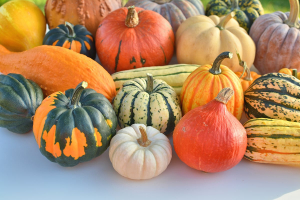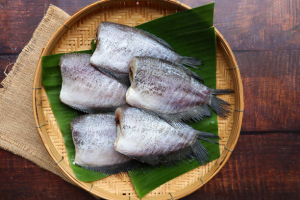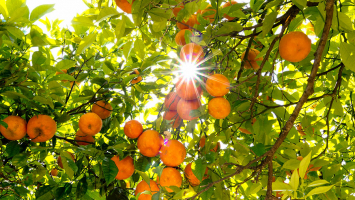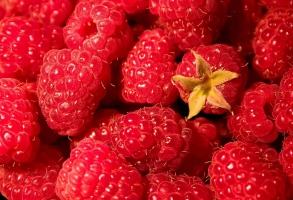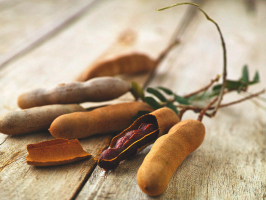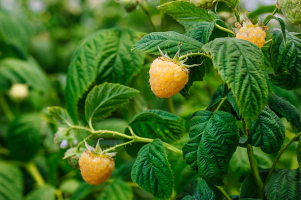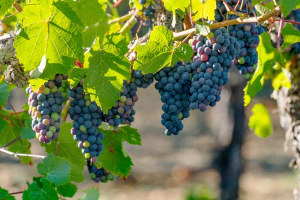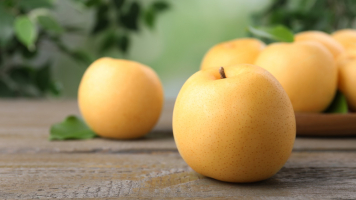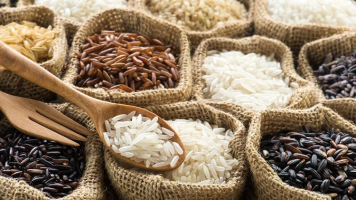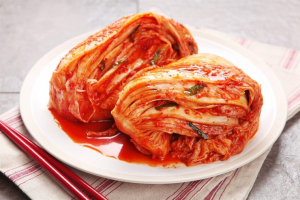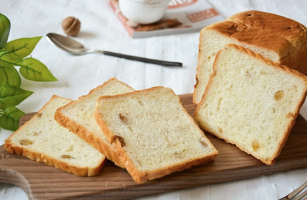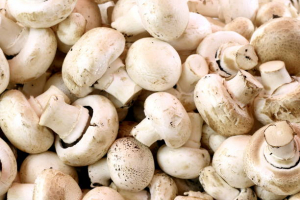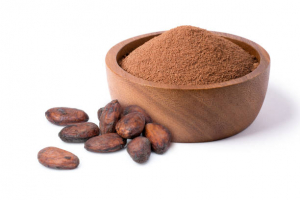Top 10 Most Delicious Types Of Green Fruits
Green fruits play a vital role for those who are looking for healthy options. Most green fruits provide a sour and delicious taste. Aside from that, green ... read more...fruits are loaded with important vitamins and minerals like vitamin A, vitamin C, potassium, and folate, as well as phytochemicals and fiber. Below are the most delicious types of green fruits, let's find out!
-
The avocado (Persea Americana) is a medium-sized, evergreen tree in the laurel family (Lauraceae), native to the Americas. It is widely cultivated for its large, fleshy fruit. The highland regions of south-central Mexico to Guatemala are where the tree most likely first appeared. Avocados are cultivated in tropical and Mediterranean climates of many countries, with Mexico as the leading producer of avocados in 2019, supplying 32% of the world's total.
The fruit of this plant, often known as avocado, avocado pear, alligator pear, or simply "avo", is a huge berry with a single enormous seed. Avocado trees are partially self-pollinating and are often propagated through grafting to maintain predictable fruit quality and quantity. When domestic cultivars are fully mature, their fruit has smooth, buttery, golden flesh. Avocados can be pear-shaped, egg-shaped, or spherical and can have green, brown, purple, or black skin depending on the variety. Commercially, the fruits are harvested when they are still immature and let ripen afterward. Avocado flesh's high vitamin and fat content, as well as its texture, make it suitable for usage in a variety of dishes, including salads and vegetarian diets.
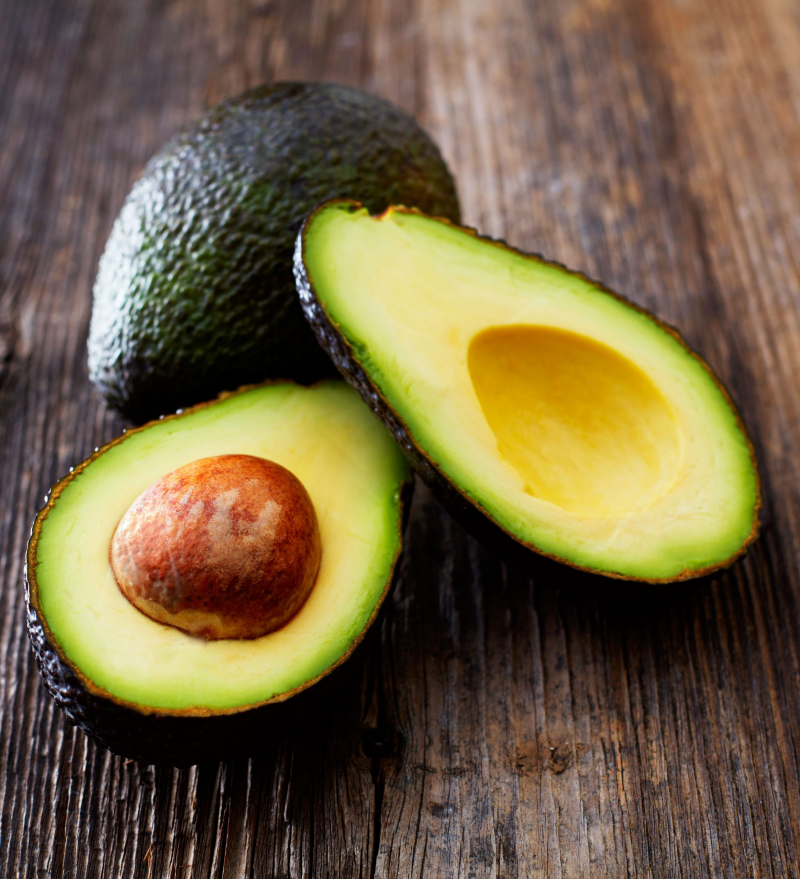
BBC Good Food 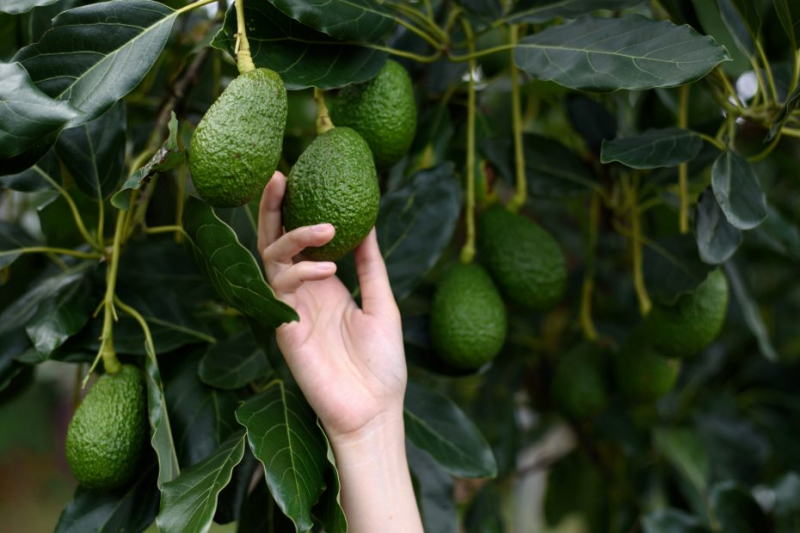
Reyes Gutiérrez -
Custard apple is a common name for a fruit, and the tree which bears it, is Annona reticulata. The genus's members normally grow as semideciduous or evergreen plants and cannot withstand freezing. The leaves are typically oblong with smooth margins and might be leathery or hairy. Custard apples are a well-balanced food because they have protein, fiber, and minerals, and are a good source of vitamin C, magnesium, phosphorous, and potassium.
South America and the West Indies are where custard apples first appeared. They have since been planted in Australia, Asia, and other tropical nations. These apples can weigh up to 450g and are often heart- or oval-shaped. They have quilted skin that is pale tan or greenish and turns brown as the fruit ripens. Particularly custard-like and mellow is the meat. The flavorless center core is also soft. It is challenging to eat beautifully because the meat contains several hard, black, oval seeds that must be separated out because they are inedible. The creamy, smooth flesh of the custard apples makes a wonderful puree for smoothies. It can be added to mashed bananas and made into ice cream. It can also be an addition to fruit salads.
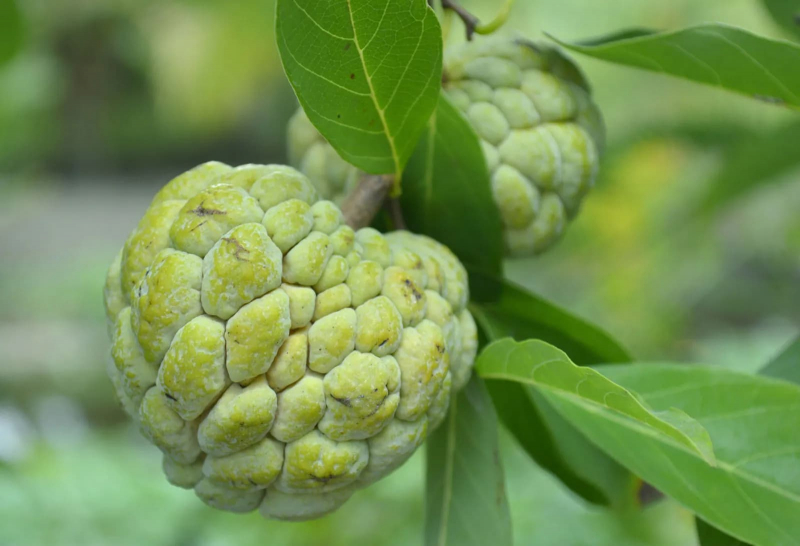
Britannica 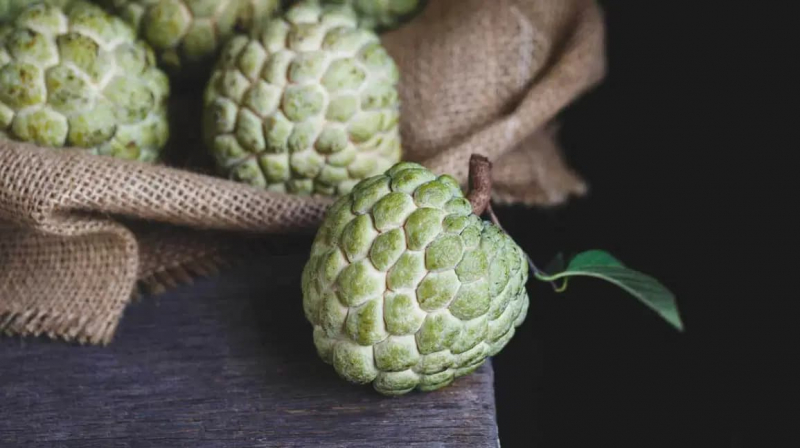
Healthline -
Breadfruit (Artocarpus altilis) is a species of flowering tree in the mulberry and jackfruit family (Moraceae) believed to be a domesticated descendant of Artocarpus camansi originating in New Guinea, the Maluku Islands, and the Philippines. Through the Austronesian expansion, it first reached Oceania. During the Colonial Era, it was subsequently spread to additional tropical regions of the world. In the late 18th century, British and French explorers brought a few Polynesian seedless species to the Caribbean islands. The Pacific, Caribbean, Central America, South, and Southeast Asia, Africa, and about 90 more countries now grow it. Its name is derived from the cooked, potato-like flavor and texture of the fairly mature fruit, which is comparable to freshly baked bread.
Each fruit is divided into several achenes, each of which is enclosed by a fleshy perianth and grows on a fleshy receptacle. The ovoid fruit has a rough surface. The majority of well-chosen cultivars produce fruit without seeds, whereas seeded kinds are produced primarily for their edible seeds. Usually, breadfruit is multiplied by taking root cuttings. Breadfruit is closely related to the breadnut. It is similar in appearance to its relative of the same genus, the jackfruit (Artocarpus heterophyllus).
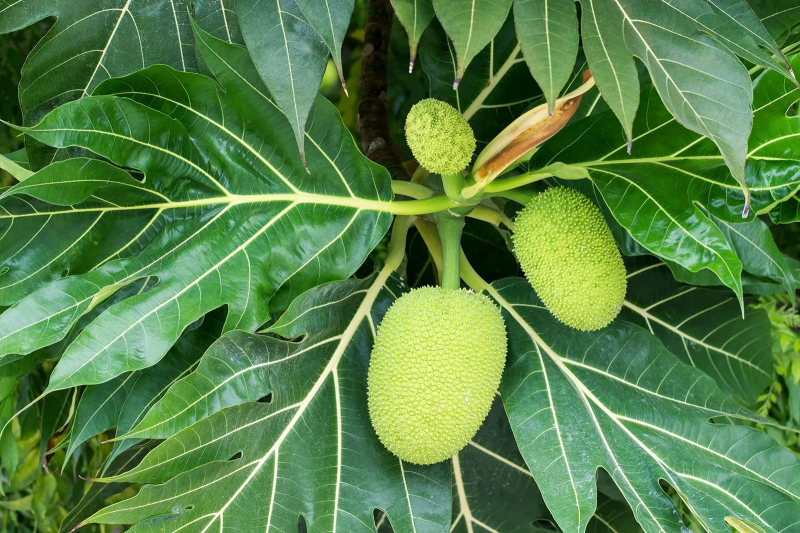
Britannica 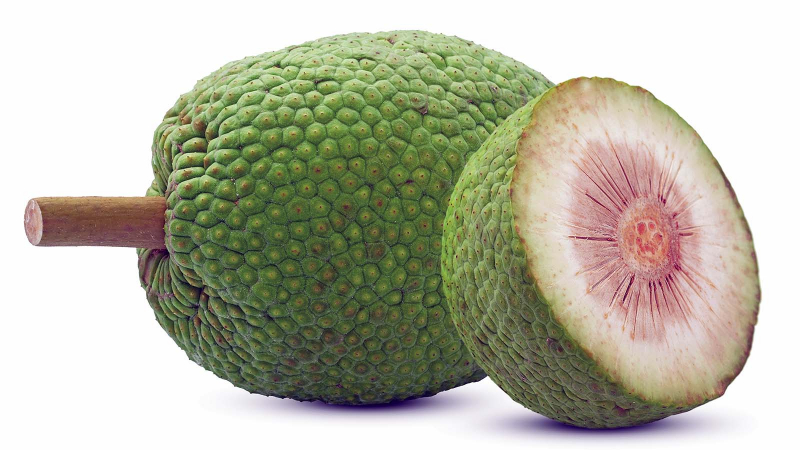
Food and Recipes -
Green apples are the generic name in Singapore for Granny Smith apples, the classic variety of Malus botanica available around the world. Originally from Australia, Granny Smiths are now grown in places such as South Africa and shipped to countries such as Singapore, other African countries, and countries in the European Union. Green apples are available year-round; those from South Africa are available summer through fall.
As their name implies, green apples have uniformly bright green skin, which can occasionally be greenish-yellow. It's possible that fruits with a red flush were produced in a colder region. The skin is hard and covered in white or grey lenticels. Green apples have a medium size, round-conical shape with slight ribbing (approximately 2 ¼ inches across). The white flesh of the Green apple is firm, crunchy, and juicy. Green apples have a very acidic flavor, sometimes to the point where there is no other flavor present, but they are typically reviving. South African green apples sometimes taste sweeter than apples from other regions of the world.
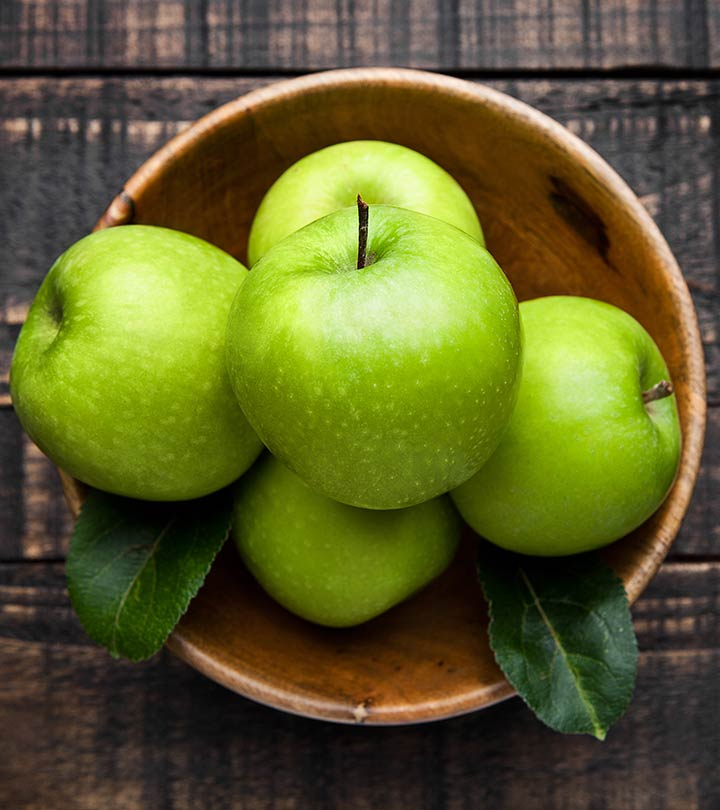
Stylecraze 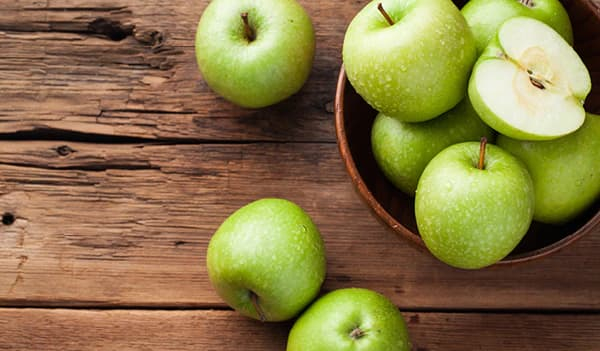
BeBeautiful -
Green seedless grapes grow on deciduous woody vines and are members of the genus Vitis. There are three primary varieties of green table grapes farmed today, including European (Vitis vinifera), North American (Vitis labrusca), and hybrids of the two. The origins of seedless grapes are unknown, however, they are thought to have been invented in antiquity. Green seedless grapes are mostly used as table grapes for fresh consumption and are grown through cuttings. The Thompson seedless grape, which was the first seedless variety to be commercialized and is still one of the most popular table grapes made in the United States today, is the most well-known variety.
Green seedless grapes range in size from small to larger and have a round to slightly oval form. Depending on the type, they can grow in tight or loose clusters. The skin might be brilliant green or yellow-green, and it is usually crisp, firm, and smooth. The flesh is seedless, pale green, and translucent, though some seedless types may contain a few immature seeds that are not noticeable when eaten. Green grapes without seeds have a gentle, sweet flavor with a touch of tartness.
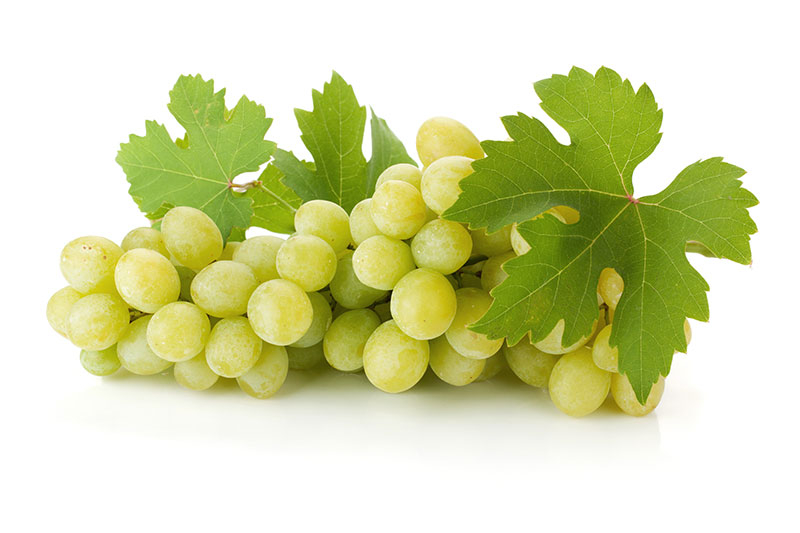
FreshPoint 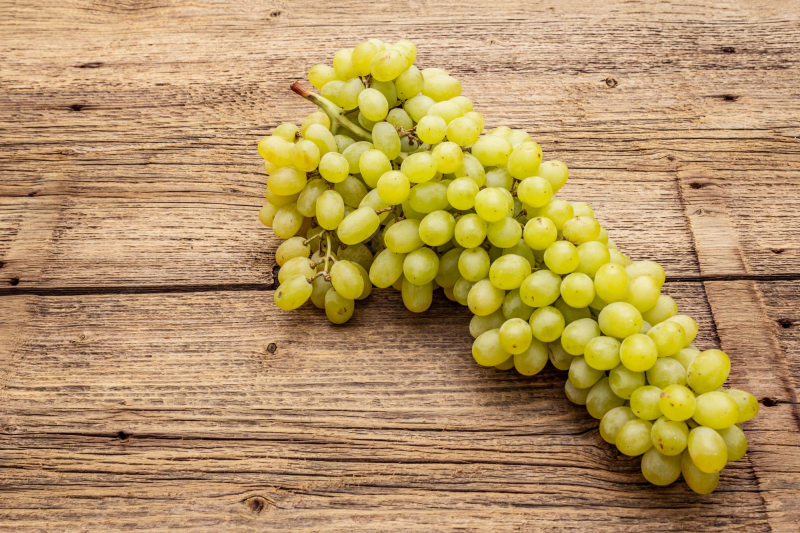
Freepik -
Honeydew melons, botanically classified as Cucumis melon var. inodorus, are a sweet muskmelon variety belonging to the Cucurbitaceae family. The melon types are also referred to as winter melons, a term used to highlight melon varieties with rigid, thick skin that can be stored for a longer period of time without losing flavor. Just behind watermelon and cantaloupe, honeydew melons are the third most widely grown melon in the world. The melons' mild, sweet, and mildly earthy flavor makes it ideal for fresh, savory, and sweet dishes. The juicy, succulent texture of honeydew melons, which are usually served as a dessert variety, makes them popular.
Averaging 15 to 22 cm in diameter and 4 to 8 pounds in weight, honeydew melons are small to medium-sized fruits with a round to oval form and blunt, curving ends. The smooth, solid, and semi-thick rind of the melon change from green to white, yellow, or pale orange as it ripens. Additionally, as the flesh acquires a high sugar content, the rind takes on a waxy, velvety appearance and a little sticky quality. Depending on the variety, the flesh is thick, dense, and watery underneath and has a hard and crisp, succulent quality.
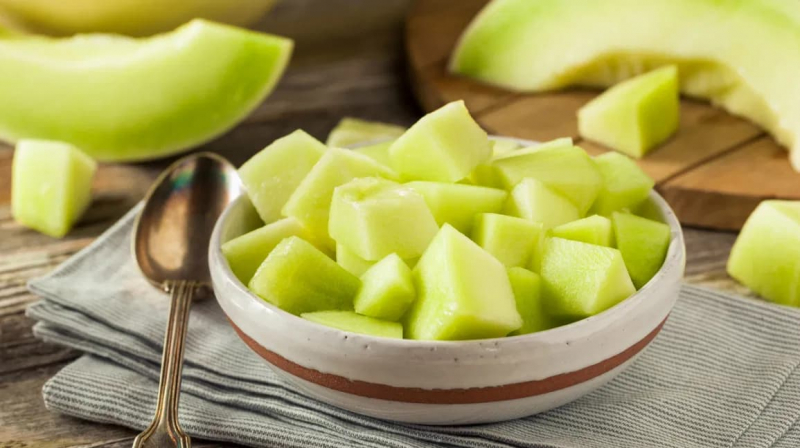
Healthline 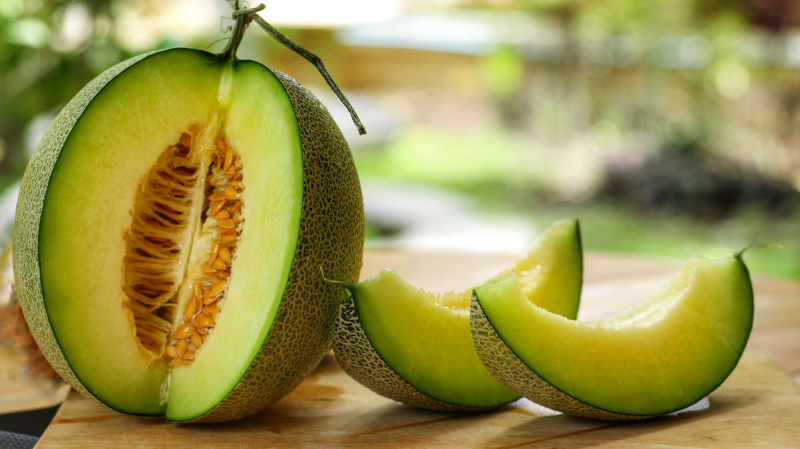
Mashed -
Kiwano melons, botanically classified as Cucumis metuliferus, are unique African melons belonging to the Cucurbitaceae family. Kiwano melon is also referred to as a horned melon, African horned melon, horned cucumber, spiked melon, blowfish fruit, jelly melon, and hedged gourd in some regions. Additionally, the melons are marketed under the names Melano, Fruto del Paraiso, and Cuke-a-Saurus. In Africa, kiwano melons are a traditional food and medicine crop. The melons are planted as decorative cultivars outside of Africa and prized for their unique look, vibrant hue, and long shelf life.
Averaging 10 to 20 centimeters in length, kiwano melons are small to medium-sized fruits with a regular oval shape and rounded edges. The rind of the melon is thick, leathery, semi-shiny, plump, and hard, and it is covered in small, elevated spines that stick out from all sides. When mature, the rind likewise changes from green to a golden yellow-orange color, covered in dark orange dots, speckling, and mottling. The flesh is composed of several tiny, cream-colored seeds suspended in an emerald-green, jelly-like liquid beneath the skin. Each seed is normally covered in a slick covering of soft flesh and is moderately firm and crunchy. The thick, watery texture of the green liquid flesh is evocative of passion fruit.
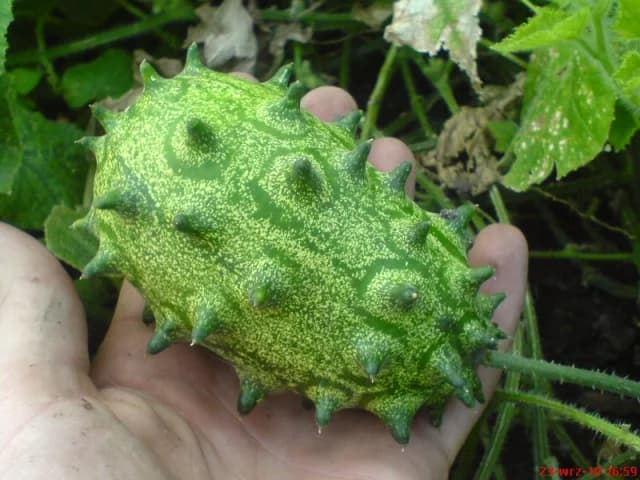
The Leafy Agenda 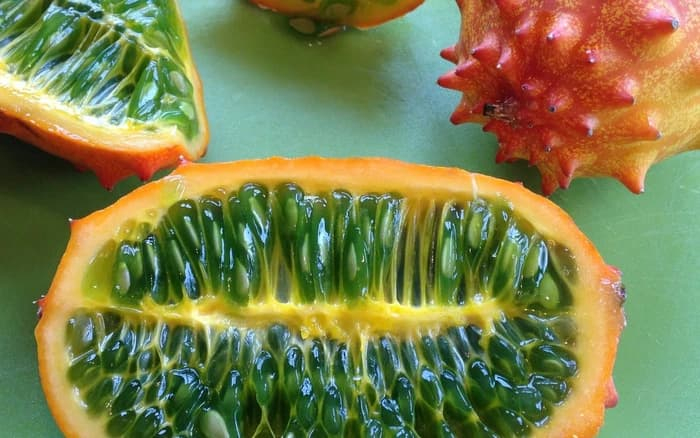
aFamily -
Osage oranges, botanically classified as Maclura pomifera, are uniquely textured fruits growing on small deciduous trees that are members of the Moraceae or Mulberry family. Also known as the Hedge apple, Bow-wood, Horse apple, and Monkey Ball, Osage oranges are considered to be a relict species that has been present since prehistoric times, once consumed by extinct giant sloths and mastodons. Due to shifting, developing civilizations, Osage orange consumption has peaked and waned throughout North American history. One of the most widely planted trees in the central United States, Osage oranges were once admired for their rapid growth and thorny branches, which made them ideal for use as natural fencing. Modern farming techniques have led to the majority of trees being felled, making them scarce and restricted to a few areas of North America.
Osage oranges are huge, globular fruits with protruding bumps that give them a slightly uneven appearance. They range in size from 8 to 15 centimeters in diameter. The surface is severely ridged, rough, and yellow-green, and it has a few stray, wiry hairs on it. Although the flesh of an Osage orange is practically inedible, the seeds are considered better eating. Once the fruit is sliced in half, there are roughly 200 to 300 light brown seeds on offer. After roasting, they have a slightly bitter but pleasant taste, a cross between popcorn and sunflower seeds.
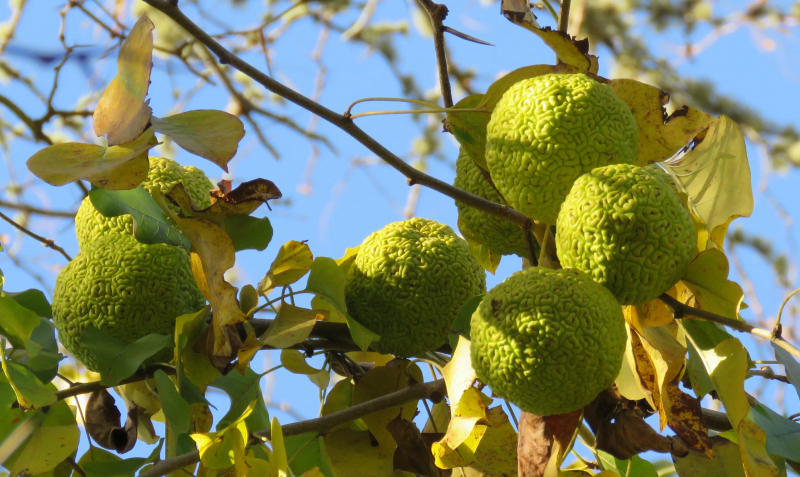
Columbia Daily Tribune 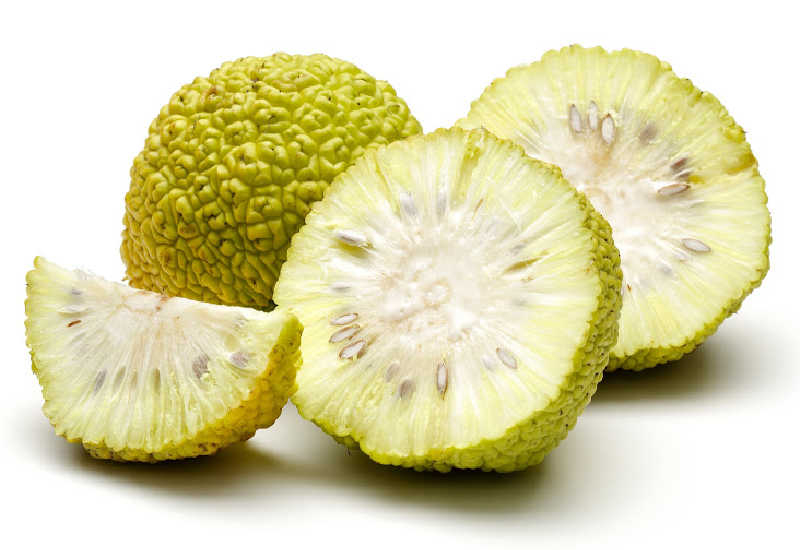
Tastylicious -
Noni, botanically classified as Morinda citrifolia, is a tropical fruit that grows on evergreen trees reaching 3 to 9 meters in height, belonging to the Rubiaceae family. Noni trees have historically been regarded as life-giving trees since the fruit, leaves, and bark are used for medicinal, cultural, and ceremonial purposes. As a nutritional supplement, Noni fruits are currently being studied by scientists, and they are being grown in many nations across the world for use in drinks, powders, cosmetics, and soaps.
Noni fruit typically has an uneven, oval to oblong form and is small to medium in size, measuring 5 to 10 centimeters in length and 3 to 4 centimeters in diameter. The fruits are lumpy and slightly rough, and they have numerous small, angular, flat faces with light brown spots on each face. The flesh of unripe noni fruits is extremely solid, fibrous, and tough, with a thin, firm skin that ranges in color from light to dark green. The fruit's flesh softens into a luscious, tomato-like consistency as it ripens, while the skin of the fruit transforms into a translucent yellow-white color. Numerous oval red-brown seeds are also contained in the meat. The flesh and juice also contain this strong smell and have a somewhat distinct, bitter, sharp, and acidic flavor.
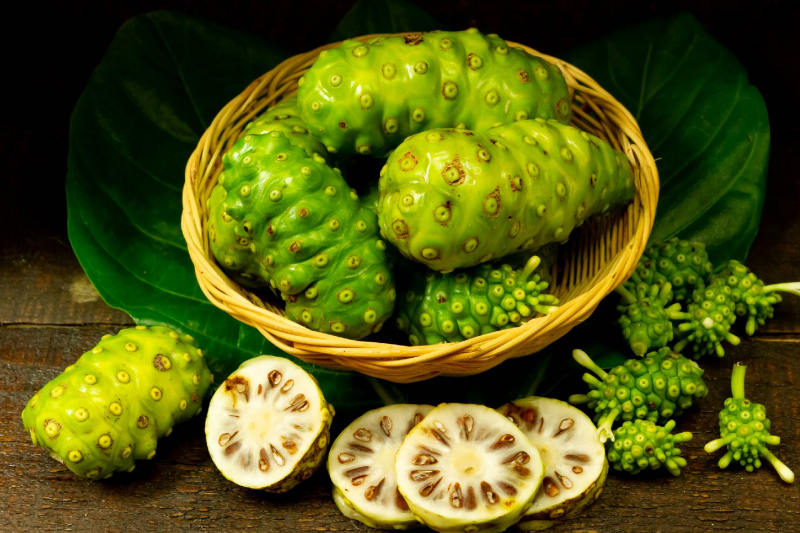
Fine Dining Lovers 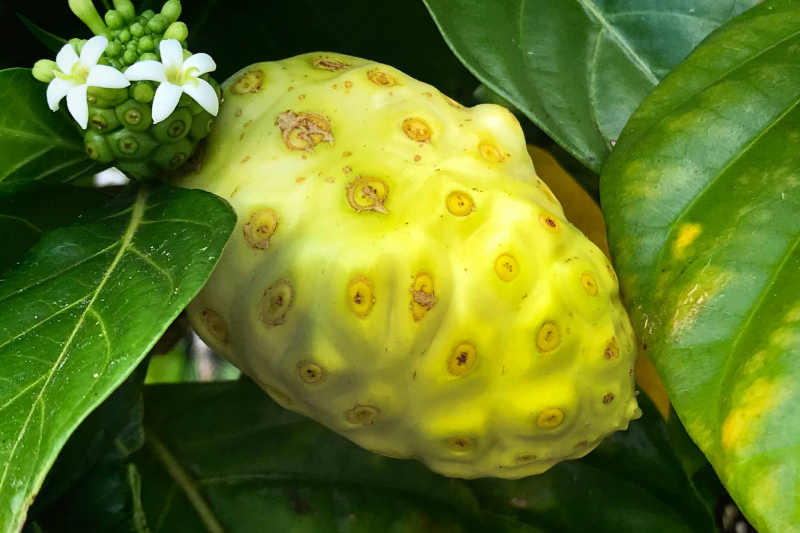
Fine Dining Lovers -
Cucamelons often referred to as Mexican Sour Gherkins, are a variety of cucumbers that is indigenous to Mexico and parts of Central America. The sprawling, thin, and delicate cucumber plants produce grape-sized spotted cucumbers. They are also referred to as "mouse melons" at times. Cucamelons are not melons at all, despite their absurd popular names and strong similarity to little watermelons. Nevertheless, they are all members of the same plant family, the Cucurbitae, which also contains gourds, squash, cucumbers, and pumpkins.
Cucamelons have a flavor that is quite similar to that of a typical cucumber but with an added citrusy tang. Some claim it has a tinge of lime flavor and is similar to a cucumber. These bite-sized cucumbers frequently go POP in your mouth because of the crisp, crunchy peel. There are several tiny, squishy seeds throughout. Cucamelons should be picked when they are at their ripest because if they are left on the vine for too long, they may grow more bitter or rough. Cucumbers are great when eaten raw and are also fantastically pickled.
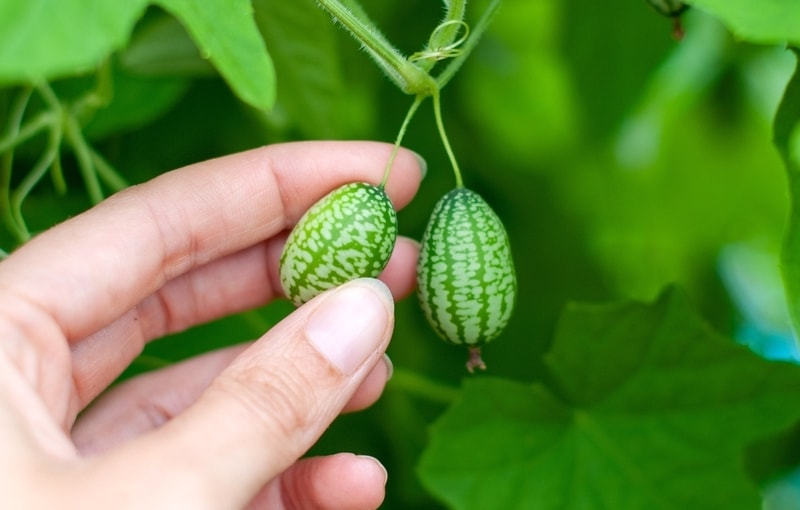
Suttons Gardening Grow How 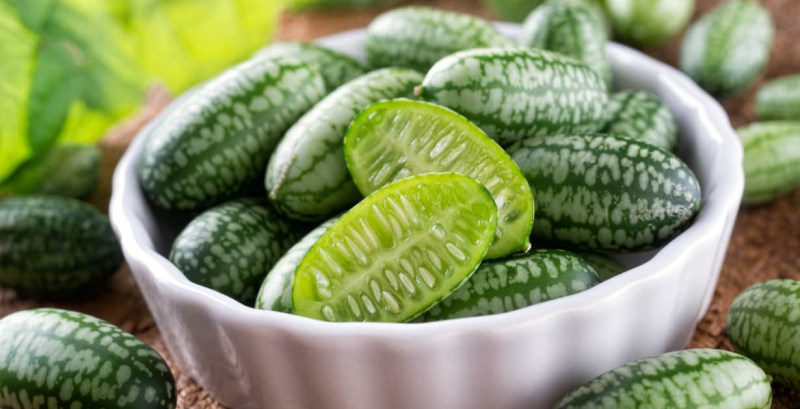
Dr. Axe












